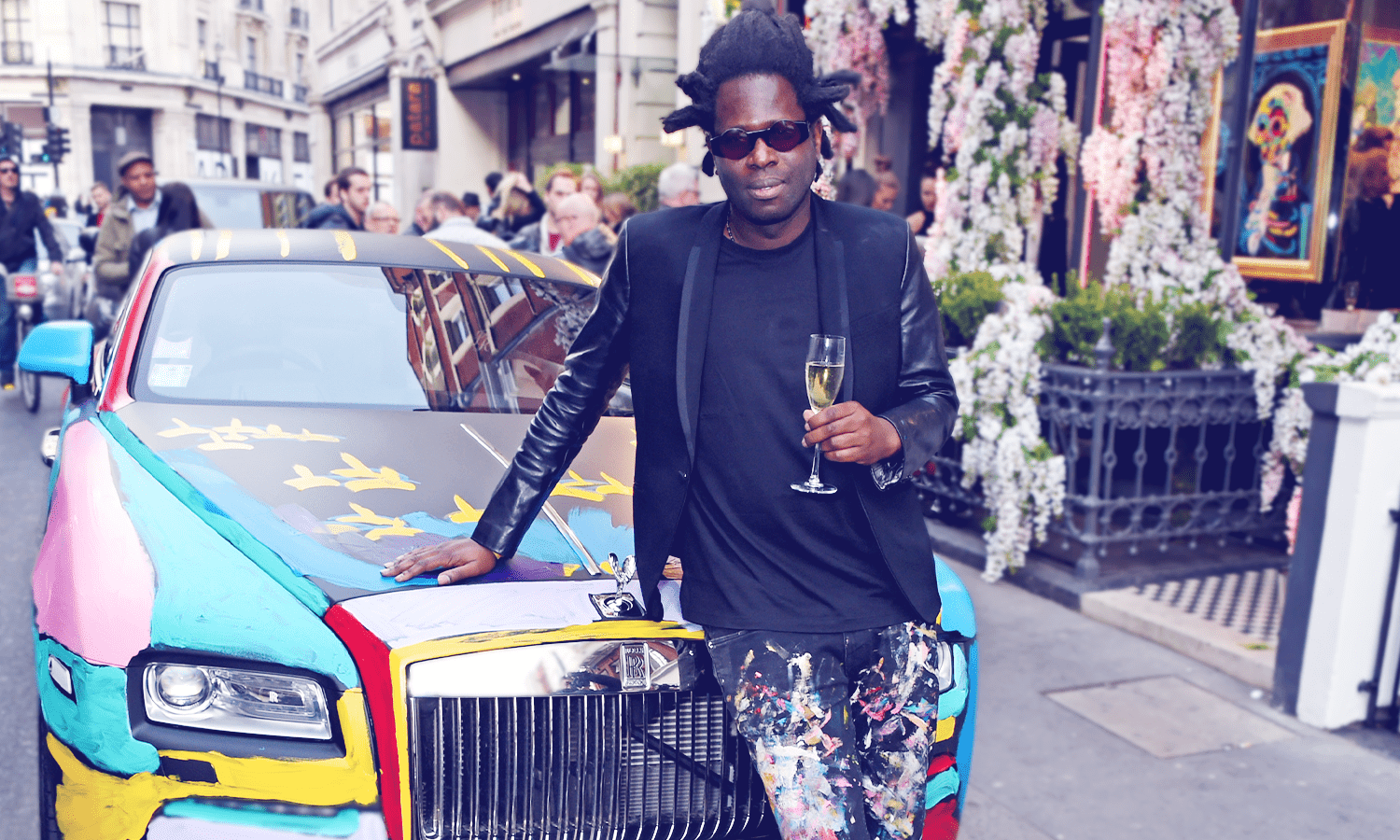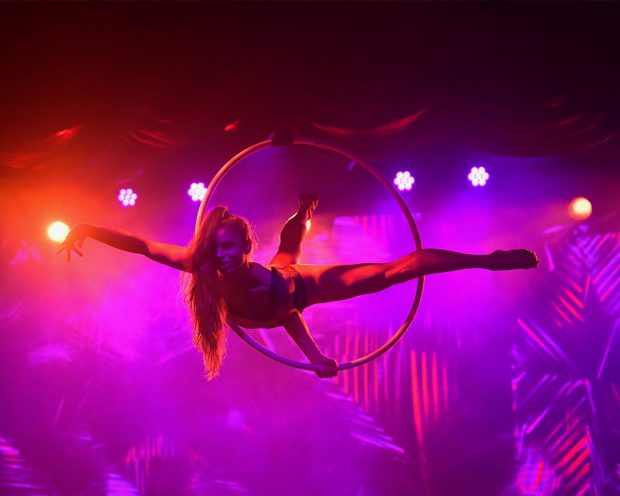What the hell is artvertising (and how do we implement it in experiential?)

Marketers love silly naming conventions. Maybe it’s the creative in them — that artistic force that says, why be straightforward, when we could flex our originality and confuse people at the same time. Sales and marketing alignment? Nah, let’s call it smarketing. Displaying ads on streaming services like Hulu or YouTube? That’s OTT, short for over-the-top (which still doesn’t make sense TBH). Artvertising is yet another word added to the marketing dictionary. The goal of this strategy is to persuade potential consumers to engage with a brand by utilizing art as advertising. This can be photography, digital development, packaging design, videography, illustrations and, yes, events and experiences. When it comes to traditional artvertising, no brand does it better than Apple. Earlier this year, the tech company expanded its already popular “Shot on iPhone” campaign to highlight iPhone 13 Pro and Max Pro’s macro photo capabilities. Ten winners from around the globe — including China, Hungary, India, Thailand, Spain, Italy and the US — had their photography featured in Apple ads. Additionally, avid Googlers will be familiar with the search engine’s ever-changing homepage doodles. To our surprise (and XP kudos), the campaign started when Google co-founders Larry Page and Sergey Brin...
